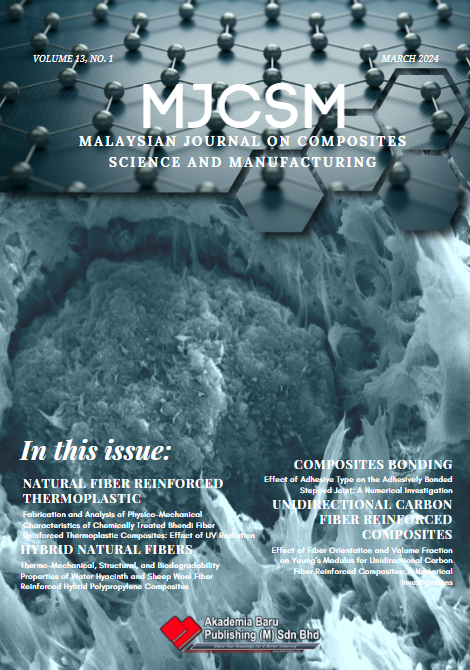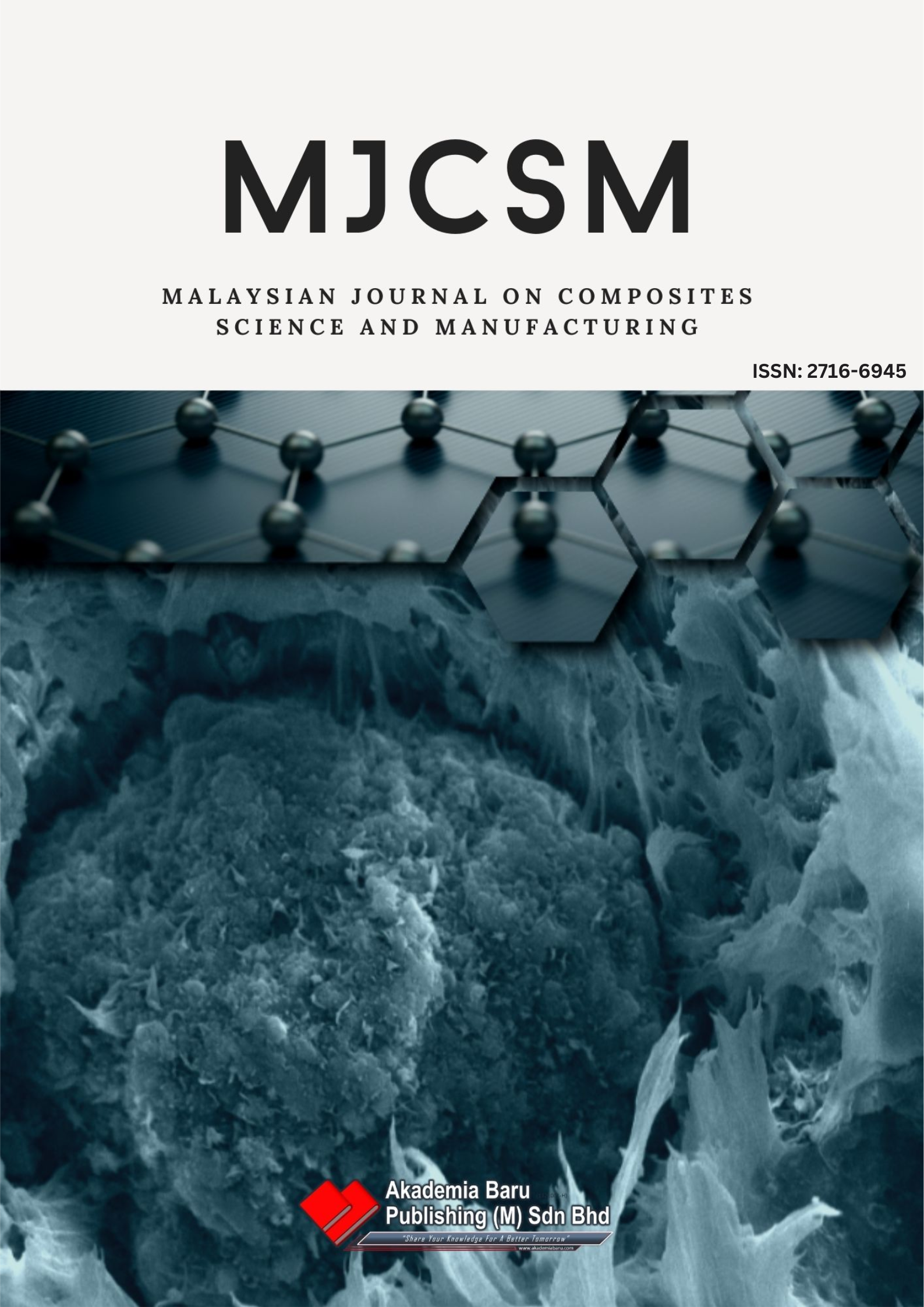Corrosion Resistance of Scraped Copper in Velocity Varied Inland Water of Bangladesh
DOI:
https://doi.org/10.37934/mjcsm.13.1.2535Keywords:
Scraped Copper, River Water, Gravimetric Investigation, Corrosion Rate, Relative velocityAbstract
Copper (Cu) is widely used for electrical wires, equipment parts, and components in commercial, industrial, and marine fields due to its excellent electromechanical properties. With rapid scientific and technological advancement and economic development, the demand for copper is increasing continuously. As such, scraped items have become important to meet the rising demand considering the depletion level of copper ores in nature. But sometimes old copper contains tin (Sn), lead (Pb), etc., which may alter its properties. Thus, it is necessary to characterize different properties, including corrosion resistance, to explore the appropriate engineering applications of scraped copper waste items. In this context, the present research reports the study of the corrosion behavior of pure Cu and scraped Cu in the river water environment of Bangladesh for the submersed period of 36 days. The investigations have been carried out for three relative velocity conditions of fluid, i.e., 0, 2 and 4 m/s. A gravimetric analysis was done to find out the corrosion rate. The results of this study indicate that the presence of only 1%Sn and 1%Pb in copper has significantly increased the corrosion rate in all three velocity conditions. At the same time, scraped copper's average corrosion rate has been increased by about 10% while the relative velocity is changed from 0 to 4 m/s. Micrographs have confirmed the extent of corrosion severity resulting from chemical composition and fluid velocity alterations.
Downloads












